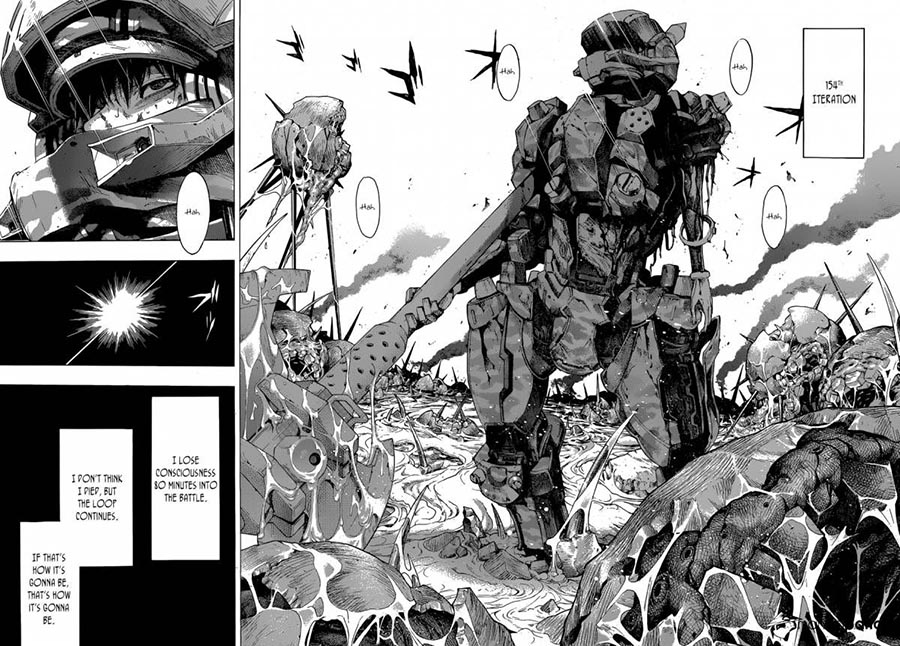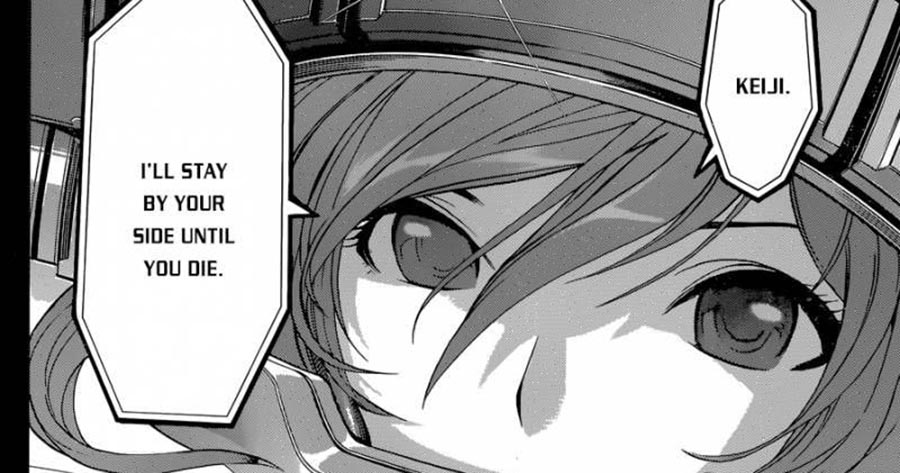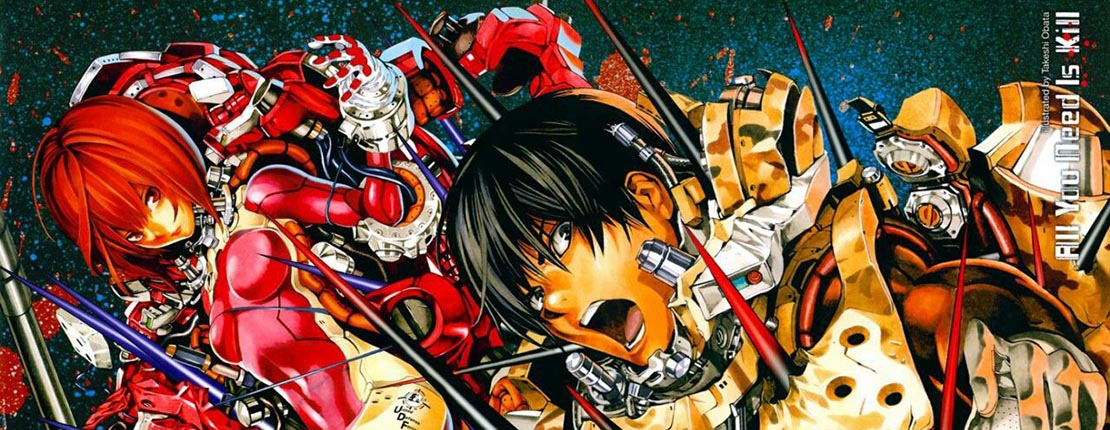Story x Story Tip: Using The “Show Don’t Tell” Technique (All You Need Is Kill)
For episode 17 of our Story x Story podcast, we welcomed back guests Gary Swaby (previously on episode 6) and famed manga fan Lara Callaghan (previously on episode 5) to talk about the manga All You Need Is Kill.
We had previously covered Edge of Tomorrow on Story x Story, which has since been renamed Live.Die.Repeat. Gary Swaby was our guest and was just as pleasantly surprised as we were by this 2014 science fiction action film starring Tom Cruise and Emily Blunt. Not only was it a well-executed time loop story, but it also may be the best video game film out there!
After that show, we decided to also cover the source for the story, the manga story All You Need Is Kill, on Story x Story episode 17. Itself an adaptation of the original light novel material by Hiroshi Sakurazaka.
I came across a review of All You Need Is Kill by YouTuber JesseTheReader while preparing for our own recording. The review was positive, which was not surprising given the quality of the manga story and brilliant artwork by Takeshi Obata of Death Note fame.

But Jesse did make an interesting point about the relationship between Rita and Keiji, highlighting a “lack of development” that brought them to the point of becoming involved.
And this got me thinking…how could you properly develop a relationship between two characters in your story when a troublesome time loop mechanic sees them stuck in their own loops at different points in the story?
Showing enough to make the relationship work
Both Rita and Keiji suffered from a fate of repeating the same period of time. In the manga, this was brought about by tachyon particles used by Mimics to turn back time. Rita and Keiji both become Mimic antennas, but they experience the loop at different points in the story.
So by the time Keiji has gotten a good handle of his time loop, Rita has long lost the ability to do the same. When time resets for Keiji, she is always meeting him for the first time. That makes it impossible to execute the normal relationship development in this the story.
The only way the normal relationship progression could be done would be for Keiji and Rita to simultaneously experience the looping of time. This is an technique used to great effect in the Netflix series Russian Doll.

All You Need Is Kill takes a different approach. Using the “Show Don’t Tell” technique to make that relationship work in the context of the story and acceptable to the reader. This is because the relationship is about two lonely characters finding someone to connect with.
Show don’t tell is the difference between simply informing your audience of information rather than allowing them to deduce information for themselves.
We see Rita’s backstory during the All You Need Is Kill story. We feel the trauma she experiences in losing her parents and enlisting in the United Defense Force to avenge their deaths. We see her experience of being trapped in the same time loop. All as a solitary character, and one whose real name is never even given. We understand her loneliness.

At the point in the story, we have had a similar experience with Keiji. He has also been trapped in this time loop by himself. So when Keiji and Rita meet and realise they have shared a very unique and isolated experience, the reader can understand the connection between them.
They are the only ones who understand what the other has gone through. They are both what each other needs, and we know this because we have witnessed their experiences. If we hadn’t already been shown what Rita’s experience had been, the eventual relationship would not have been as believable.
All You Need Is Kill Storytelling Tips
This is why it’s important for to communicate information in your story by showing readers wherever possible. Showing allows readers to build empathy for your characters by experiencing what they experience. Here are a few things to remember:
1) Telling is typically factual and avoids detail. It’s an efficient way to communicate information in moments where extensive details could slow down your story’s pacing.
2) Showing is typically more detailed and human-centred. It is slower and more expansive, but can really stir emotion in your story. You can use it to give full context and create empathy for characters.
3) Show rather than tell in the right moments to add depth and understanding to character relationships. It’s not about always showing and never telling, but knowing which method is needed across your story.

